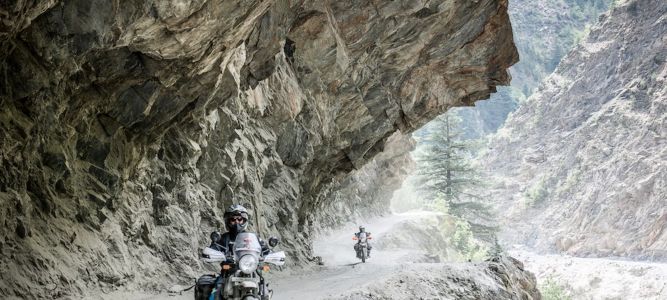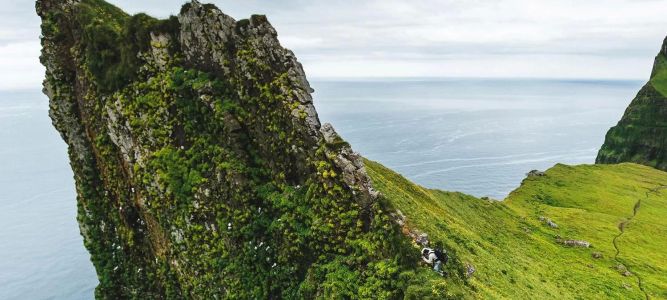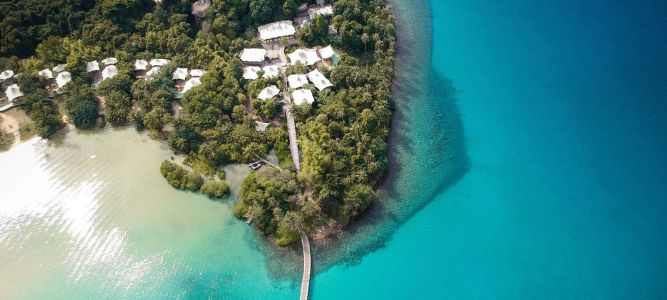Ultimate Guide to Trekking the Inca Trail to Machu Picchu
- 1. Why Trek the Inca Trail to Machu Picchu?
- 2. Best Time to Trek the Inca Trail
- 3. What to Expect During the Trek
- 4. How to Prepare for the Inca Trail
- 5. Trekking Permits and Guides
1. Why Trek the Inca Trail to Machu Picchu?
The Inca Trail to Machu Picchu is not just a hike; it’s an adventure that takes you through breathtaking landscapes, ancient Inca ruins, and deep cultural history. As one of the most famous trekking routes in the world, it’s the perfect way to reach the iconic Machu Picchu. Hiking this trail offers you the chance to experience the majestic Andes mountains, explore the remnants of the Inca Empire, and soak in the energy of a place considered one of the New Seven Wonders of the World.
For trekkers, this trail is a bucket-list destination. The 26-mile trek passes through diverse ecosystems, from cloud forests to alpine tundra, and brings you closer to the ancient world. It’s a challenging yet rewarding experience, providing unparalleled views of Machu Picchu as you arrive at the Sun Gate, one of the most unforgettable moments of your adventure.
2. Best Time to Trek the Inca Trail
The best time to trek the Inca Trail is during the dry season, which runs from May to September. This period offers clear skies, great views, and more predictable weather conditions. However, the Inca Trail is a popular trek, and the government limits the number of trekkers per day to preserve the environment. Therefore, it’s advisable to book your trek well in advance, especially if you’re traveling during the peak months of June, July, and August.
It’s also worth noting that the Inca Trail is closed for maintenance during February each year, so plan accordingly if you're considering trekking during the off-season months.
3. What to Expect During the Trek
The Inca Trail trek is known for its diverse landscapes, stunning scenery, and fascinating Inca archaeological sites. Here’s what you can expect during the trek:
- Day 1: The trek begins with a drive to the trailhead, followed by a relatively easy hike through the Urubamba River Valley, with stunning views of the surrounding mountains.
- Day 2: This is the most challenging day of the trek. You’ll hike over Dead Woman’s Pass, which reaches an elevation of over 13,000 feet. While the climb is strenuous, the views and sense of accomplishment when you reach the top are incredible.
- Day 3: This day involves a descent into the cloud forest, passing through the ancient Inca sites of Runkurakay, Sayacmarca, and Phuyupatamarca. The trail is surrounded by lush green landscapes and rich history.
- Day 4: The final day brings you to Machu Picchu, where you’ll experience the awe-inspiring sight of the ancient citadel as you enter through the Sun Gate. This is the culmination of your hard work, and it’s an emotional moment for every trekker.
The trek is demanding but incredibly rewarding, offering a combination of physical challenge, cultural immersion, and breathtaking natural beauty. Prepare yourself for long days of hiking, but also for unforgettable memories.
4. How to Prepare for the Inca Trail
Proper preparation is key to ensuring a successful and enjoyable Inca Trail experience. Here are a few tips on how to prepare:
- Get Fit: The Inca Trail requires physical endurance, especially with its high altitude and steep inclines. Start training a few months before your trek by incorporating hiking, cardio, and strength exercises into your routine.
- Acclimate to the Altitude: The high altitude can be challenging, especially for those not accustomed to it. Spend a couple of days in Cusco or the Sacred Valley to acclimate before beginning the trek to reduce the risk of altitude sickness.
- Pack Light: Pack only the essentials, such as lightweight clothing, a good pair of hiking boots, a rain poncho, and a sturdy backpack. Keep in mind that porters will carry your main gear, but you’ll need to carry a daypack with essentials.
- Bring the Right Gear: Make sure to pack a comfortable sleeping bag, a headlamp, and a water bottle. Also, consider packing sun protection items, such as a hat and sunscreen, as the sun at high altitudes can be intense.
5. Trekking Permits and Guides
To hike the Inca Trail, you must secure a permit, which is issued by the Peruvian government and is subject to availability. Due to the limited number of daily permits, it’s important to book your trek several months in advance. The permits are typically included in the cost of your trek with a licensed tour operator.
While trekking the Inca Trail, you will be accompanied by a licensed guide who will help you navigate the trail, share the history of the Inca civilization, and ensure your safety throughout the trek. A guide is essential for a successful and enriching experience on the Inca Trail.
It’s important to choose a reputable tour operator who can provide quality service and ensure your trek is safe and enjoyable. Make sure to check reviews, credentials, and the details of what’s included in the trek package.
If you're ready to experience the incredible Inca Trail to Machu Picchu, start planning your trek today. For more information or to book your adventure, visit Travelers Odessa.





